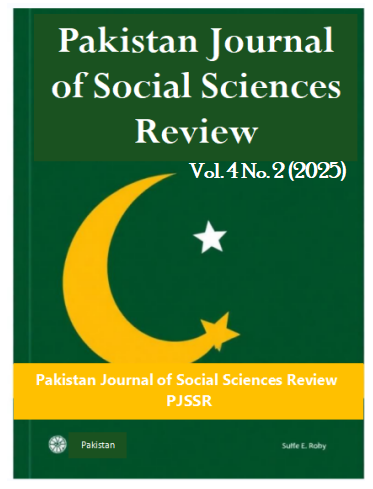EVALUATING ICT COMPETENCIES OF DISTANCE LEARNING UNDERGRADUATE STUDENTS’ AT SARHAD UNIVERSITY, PESHAWAR
Abstract
This study examined the ICT proficiency of undergraduate distance learning students enrolled in different Sarhad University of Science and Technology, Peshawar centers from a selection of social science departments, including LIS, Education, Urdu, and Sports Sciences. Assessing LIS students' ICT literacy, their ability to use ICT for knowledge creation and enhancement, and whether or not their FA/F.Sc. background affected their ICT competency by degree completion were the goals. Number of student 2,054 from centers in Lakki Marwat, Islamabad, and Muzaffarabad were the target of a questionnaire-based survey. A sample of 324 students was selected using the Raosoft sample size calculator, and stratified sampling was used to distribute them evenly among four strata. Using a Clifford and Oluwaseun (2020) modified tool, data were gathered through WhatsApp groups and in-person distribution and analyzed using SPSS. The results showed that male distance learners with FA/BA backgrounds made up the majority of responders. Although most students were ICT literate, they had trouble with things like taking e-exams (mean=2.90) and retrieving documents from online databases (mean=2.10). They demonstrated proficiency in professional development and information searching, but they encountered difficulties when utilizing ICT to process data (mean=2.16) and provide instructions for missed lectures (mean=2.21). There was a lot of space for improvement in teamwork and accommodating different learning styles, and few students felt comfortable using ICT to create knowledge. In order to promote equitable ICT competency development and improve technological collaboration and creativity, the study suggests investing in digital infrastructure, providing curriculum support for data handling and instruction, and providing targeted ICT training.
Keywords: Information communication Technologies, ICT competencies, LIS students, ICT tools and applications.


